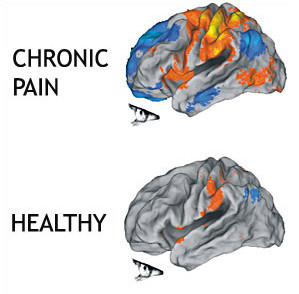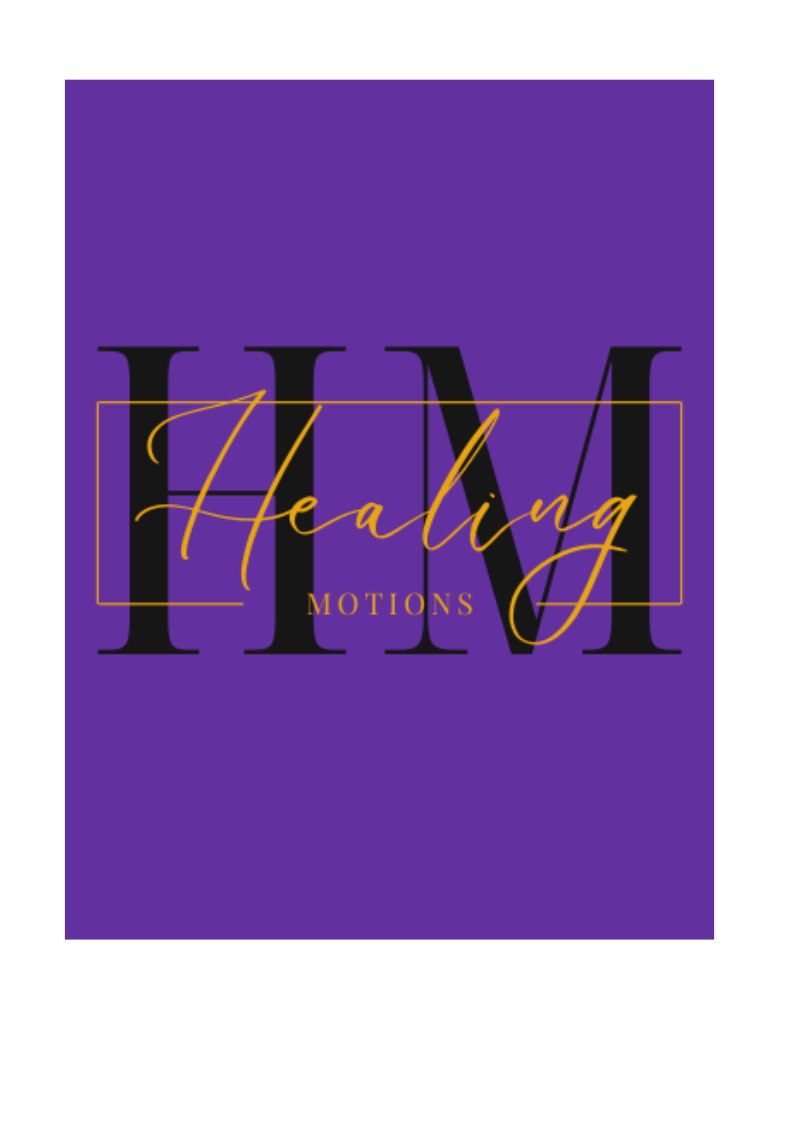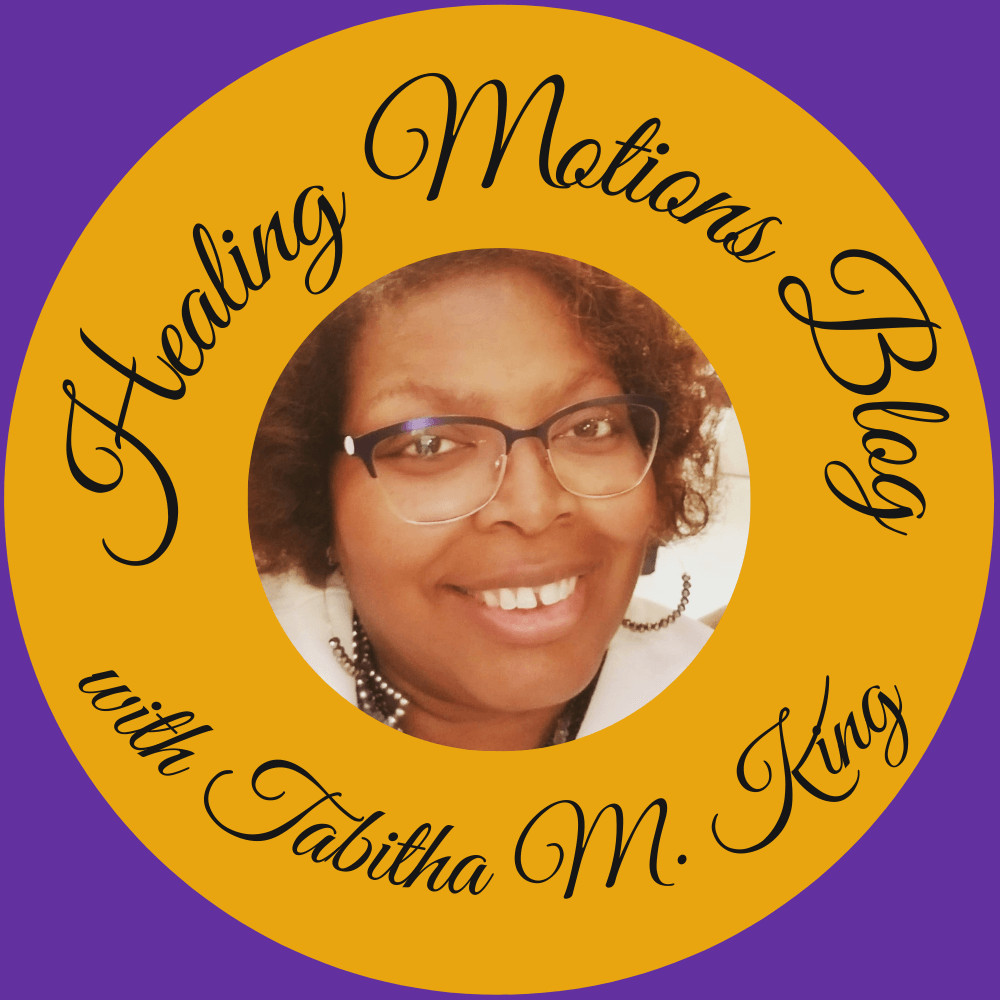
Chronic pain can be a relentless companion, affecting every aspect of your life. But did you know that your emotions and mental state can play a significant role in how you perceive and manage chronic pain? Understanding the profound connection between your emotions and physical body is key to discovering holistic wellness solutions.
The Mind-Body Link
Research shows that emotional well-being and physical pain are closely linked. When you're stressed, anxious, or depressed, your body's pain signals can intensify, making chronic pain feel more severe. Essentially, what you feel emotionally can manifest physically.
Here’s how it works: everything you see, smell, hear, taste, and touch travels through your body as electric signals. These signals pass from cell to cell until they reach their ultimate destination: your brain. They enter your brain at the base near the spinal cord but must travel to your frontal lobe (behind your forehead) before reaching where rational, logical thinking occurs. The trouble is that they pass through your limbic system–the place where emotions are produced. This journey ensures you experience things emotionally BEFORE your reasoning can kick into gear.
What does this mean?
The rational area of your brain (the front of your brain) cannot stop the emotion “felt” by your limbic system, but the two areas influence each other and maintain constant communication. This communication between your emotional and rational “brains” is the physical source of emotional intelligence (I’ll explain this more later).
Stress and Pain
What happens to your body when you’re stressed?
Stress is a common trigger that can exacerbate chronic pain. When you're stressed, your body releases cortisol and adrenaline, which prepare you for a "fight or flight" response. While these hormones are helpful in short bursts, chronic stress leads to prolonged exposure that can inflame nerves and muscles, worsening pain.
Anxiety and Pain Sensitivity
Anxiety sometimes shows up when you’re dealing with chronic stress. Anxiety often leads to heightened pain sensitivity. Constant worry and fear can cause your body to be on high alert, making you more susceptible to feeling pain. This can create a vicious cycle: you feel pain, and you become anxious about the pain, which then increases your pain sensitivity even more.
Depression and Pain Perception
Depression can alter the way your brain processes pain signals. When you’re depressed, the brain's ability to regulate pain diminishes, making everyday aches feel insurmountable. This is why many people suffering from chronic pain also experience symptoms of depression and vice versa.
Holistic Solutions for Emotional Wellness
Addressing the emotional aspects of chronic pain is just as crucial as managing its physical symptoms. Here's how you can incorporate emotional wellness into your pain management routine:
1. Mindfulness and Meditation: Practices like mindfulness and meditation can help reduce stress and anxiety, allowing your body to relax and reducing the intensity of pain signals. When doing this, grab a journal and write down your feelings after finding what comes up for you.
2. Exercise: Regular physical activity can boost your mood by increasing the production of endorphins, the body’s natural painkillers. Gentle exercises such as yoga or swimming can be particularly beneficial.
3. Essential Oils: Incorporate Young Living essential oils into your daily routine to support emotional and physical well-being. Oils like Lavender, Frankincense, and Peppermint have been known to promote relaxation, reduce stress, and provide soothing relief. Check out the Feelings Kit here if you want to focus on feelings and inspire emotional well-being.
4. Healthy Diet: Nutrition is pivotal in managing inflammation and pain. Eating a balanced diet rich in anti-inflammatory foods can positively affect your body’s ability to cope with pain.
5. Coaching and Support Groups: Talking to a wellness coach or joining a support group can provide an outlet for emotional expression and offer coping strategies for managing emotional and physical pain.
In conclusion, the link between emotions and chronic pain is undeniable, and understanding this connection can open new pathways for managing pain holistically. By integrating emotional wellness practices with your physical pain management strategies, you can work towards leading a more balanced and fulfilling life.
If you're dealing with chronic pain, consider exploring these holistic approaches. Your journey to wellness is supported by your ability to manage both your emotional and physical health.
At Healing Motions, we're dedicated to empowering you on your journey to well-being. We offer pure essential oils that can naturally support your emotional and physical health. We also offer coaching to help with healing not just the mind and body but the spirit as well. Discover the difference that holistic wellness can make in your life today.
Feel free to share your experiences and tips in the comments below. How do you manage the emotional aspects of chronic pain? If you require one-on-one coaching, go ahead and invest in yourself to begin the healing process with a Healing Activation hour session with me. There are many ways to begin the process, and I am here to help! Let’s create a supportive community together!









0 Comments